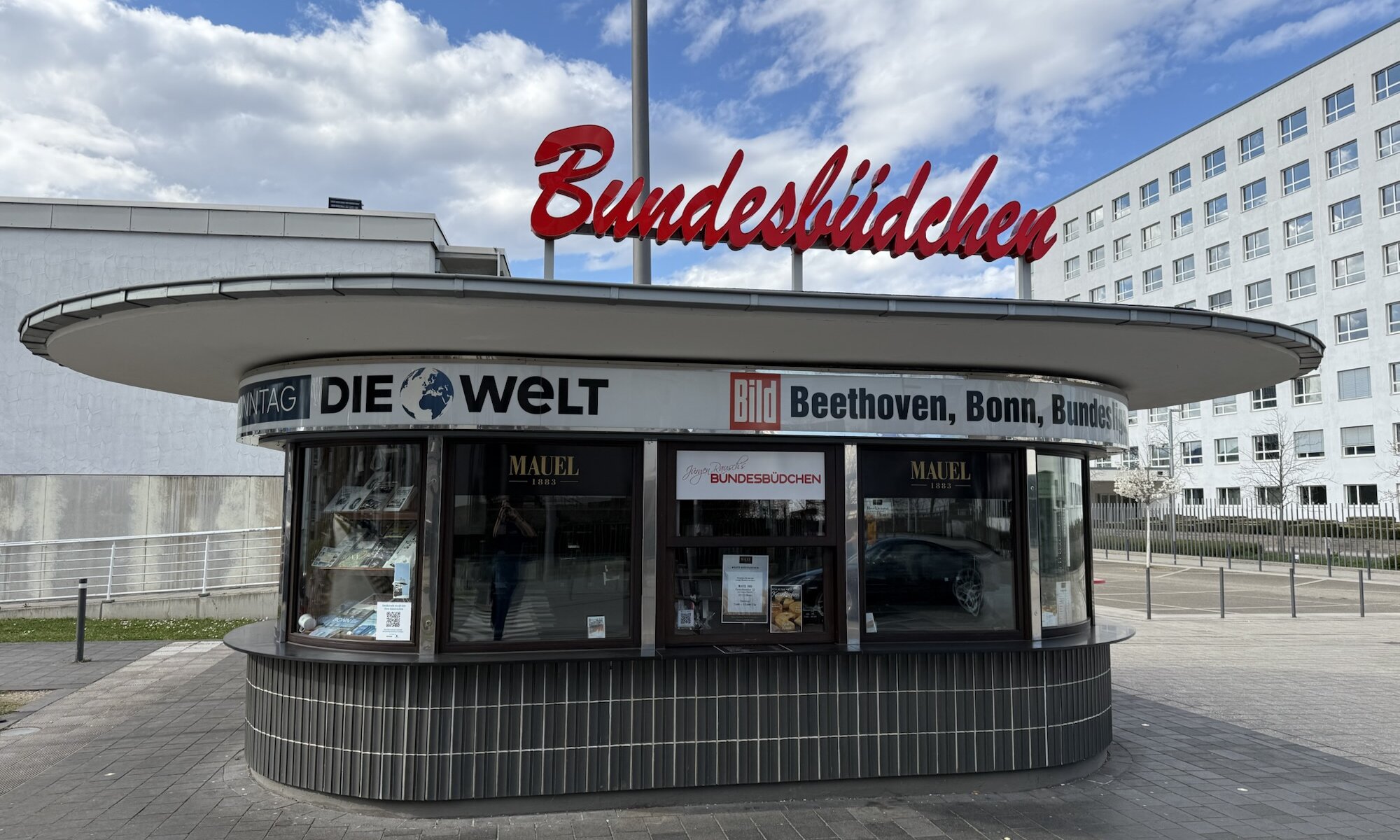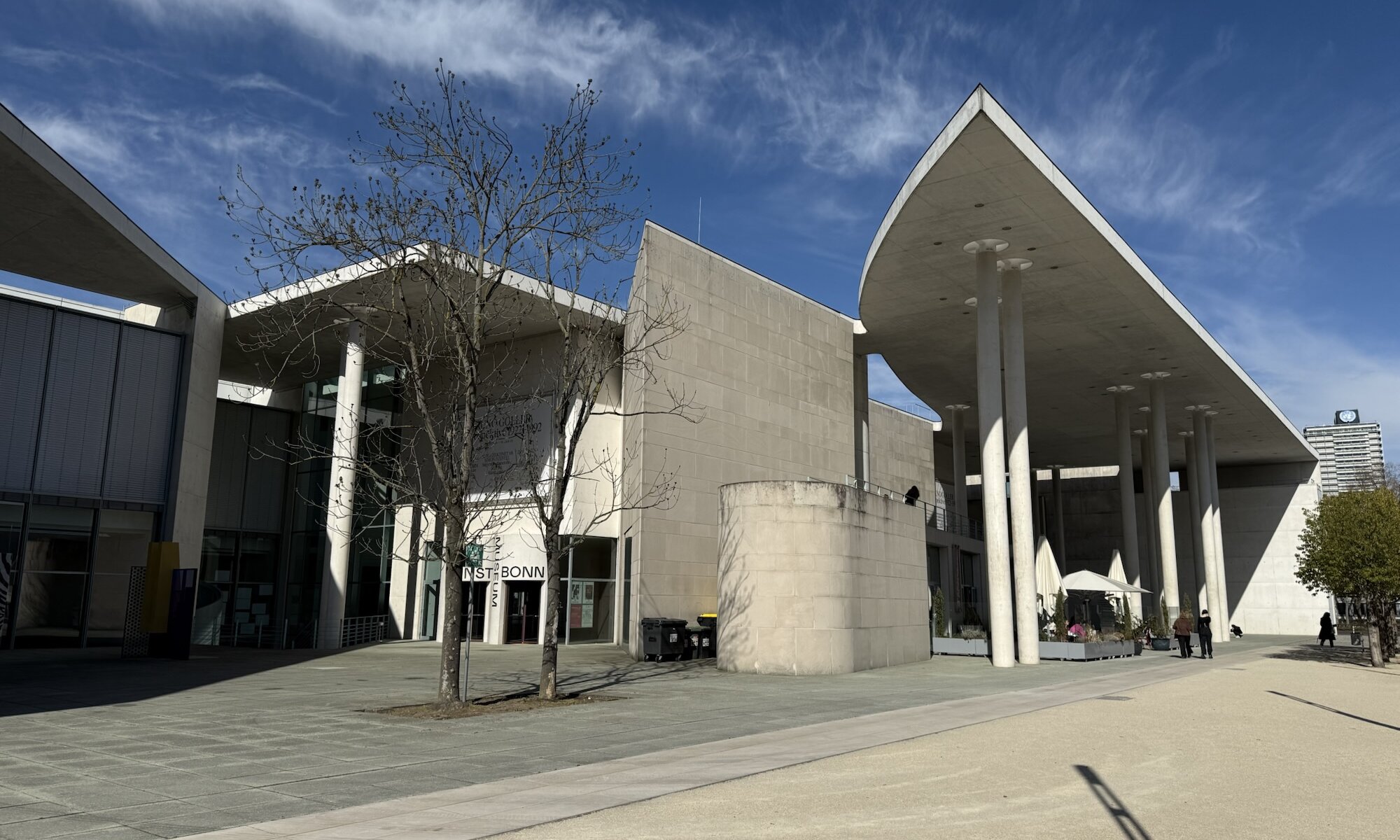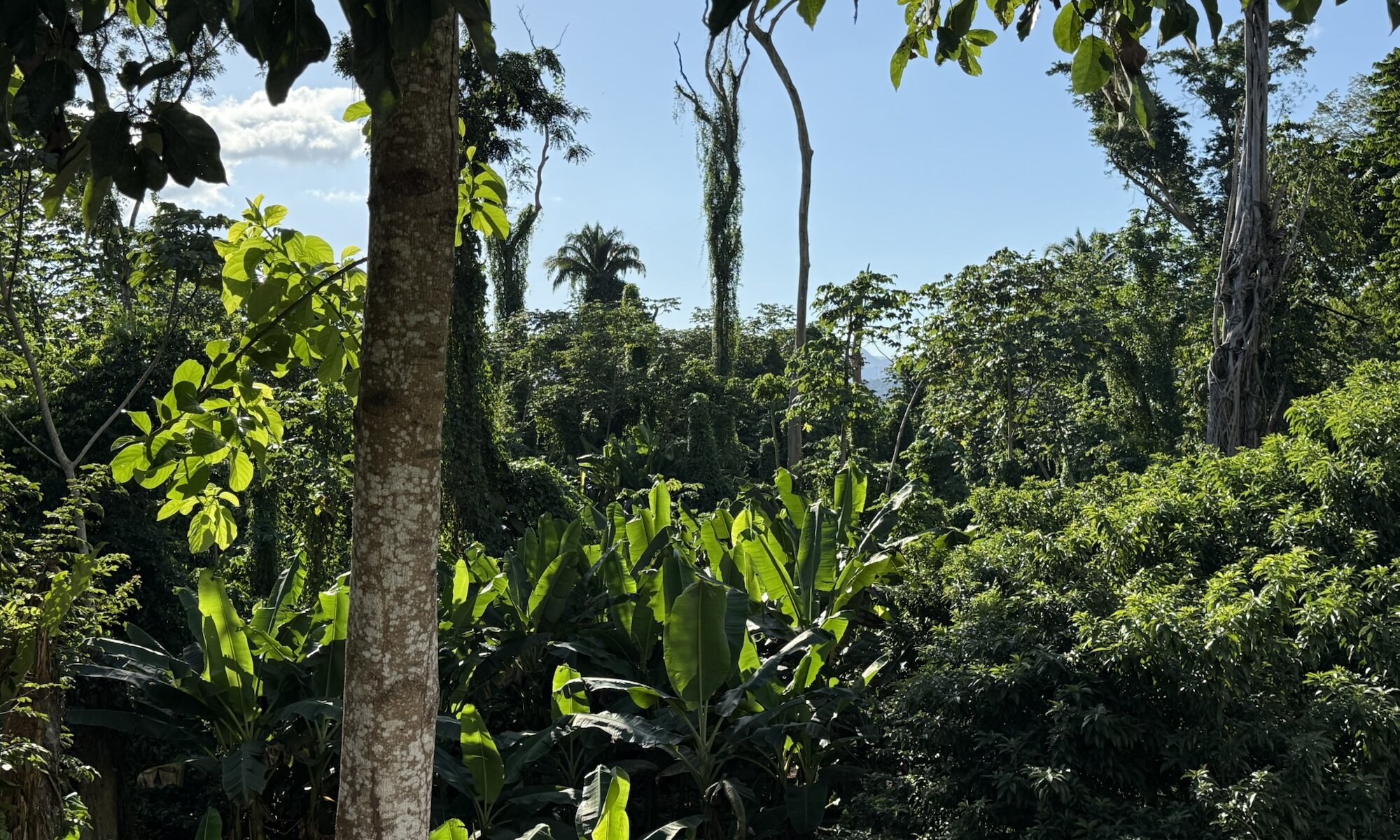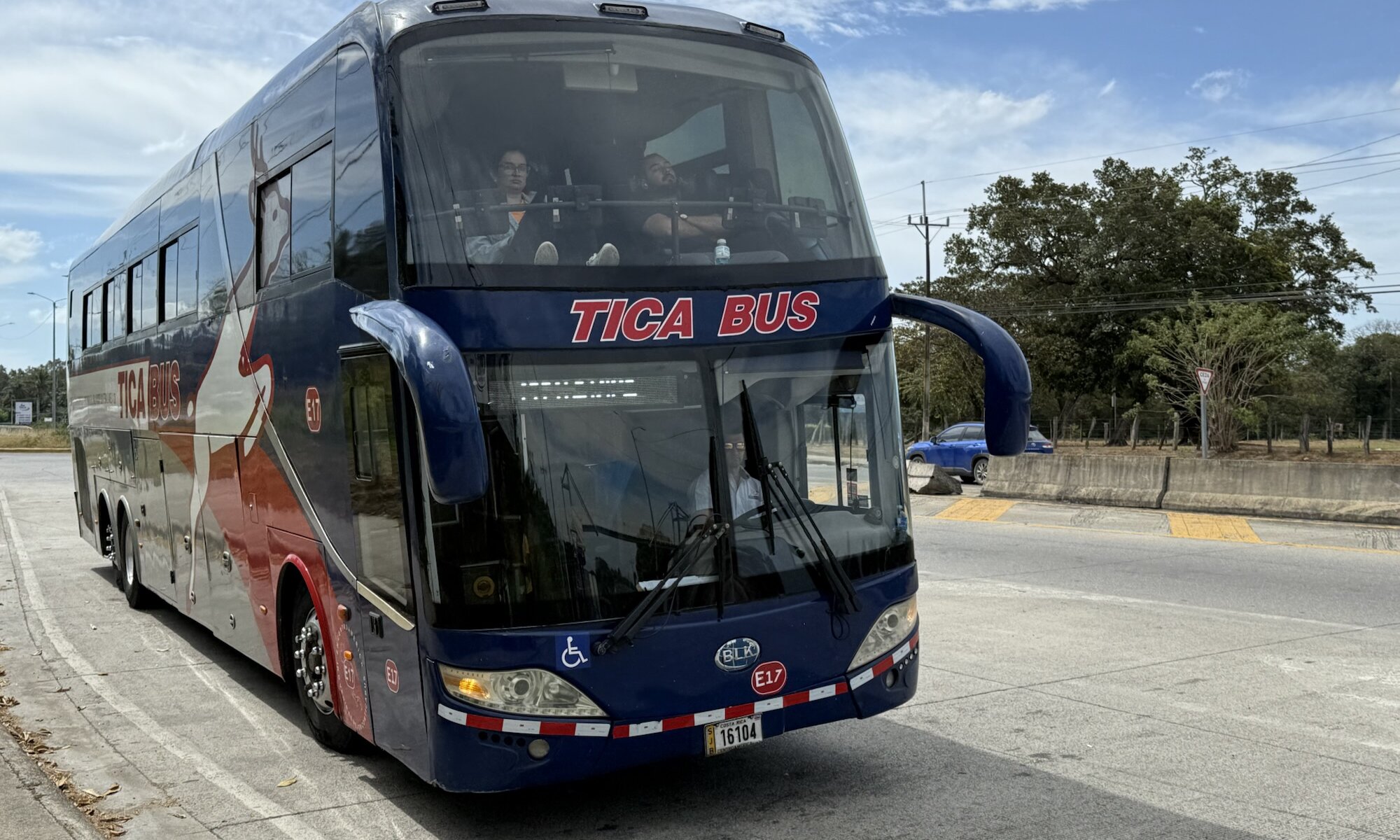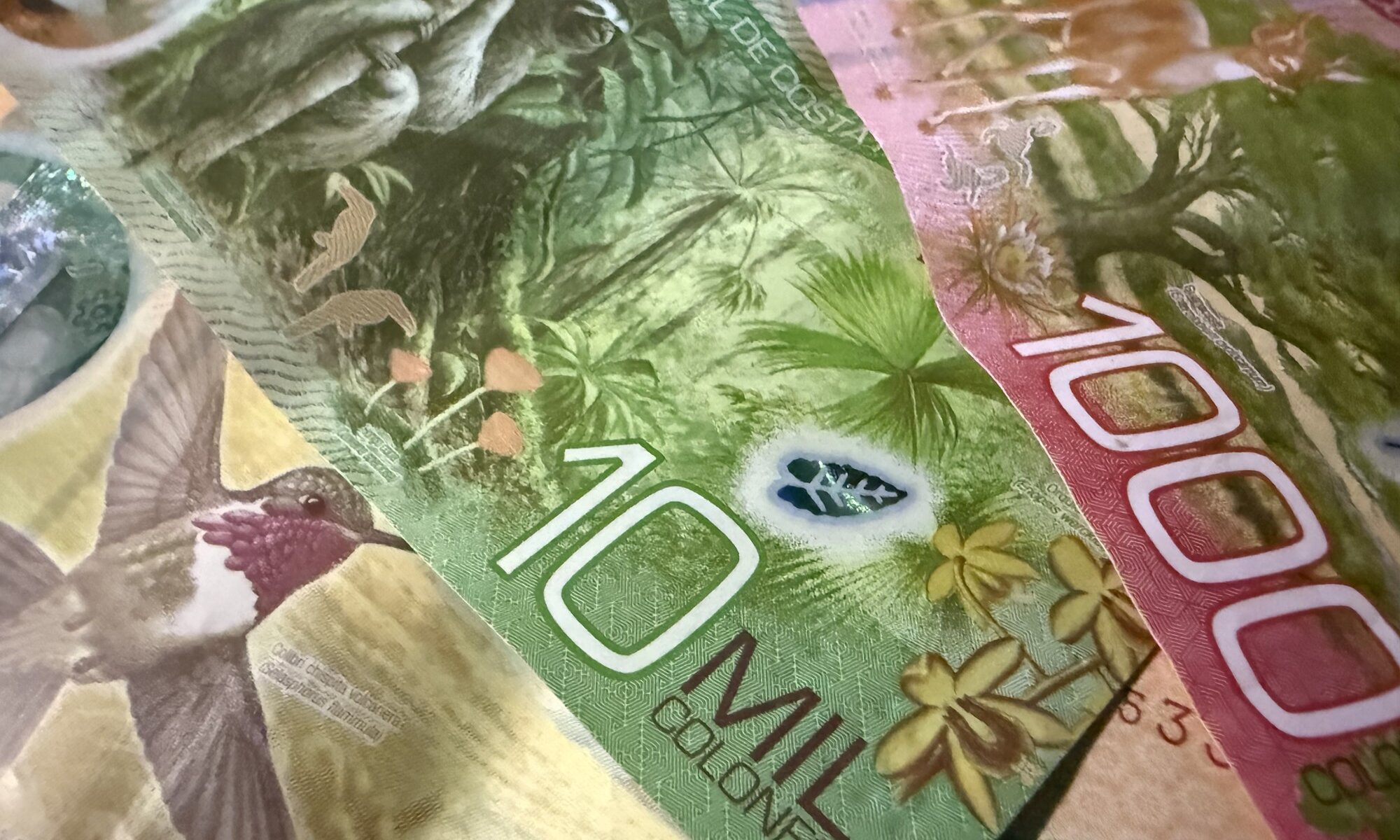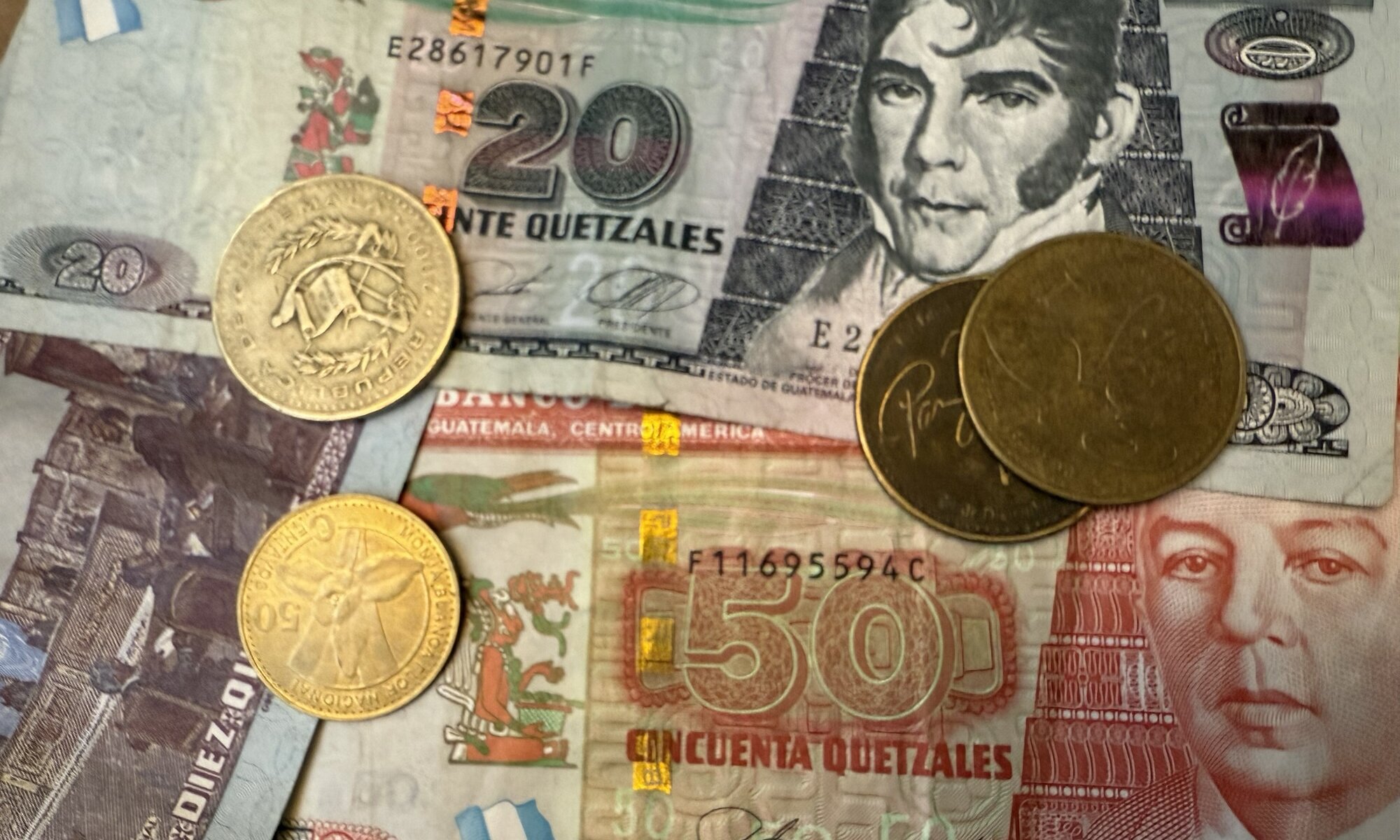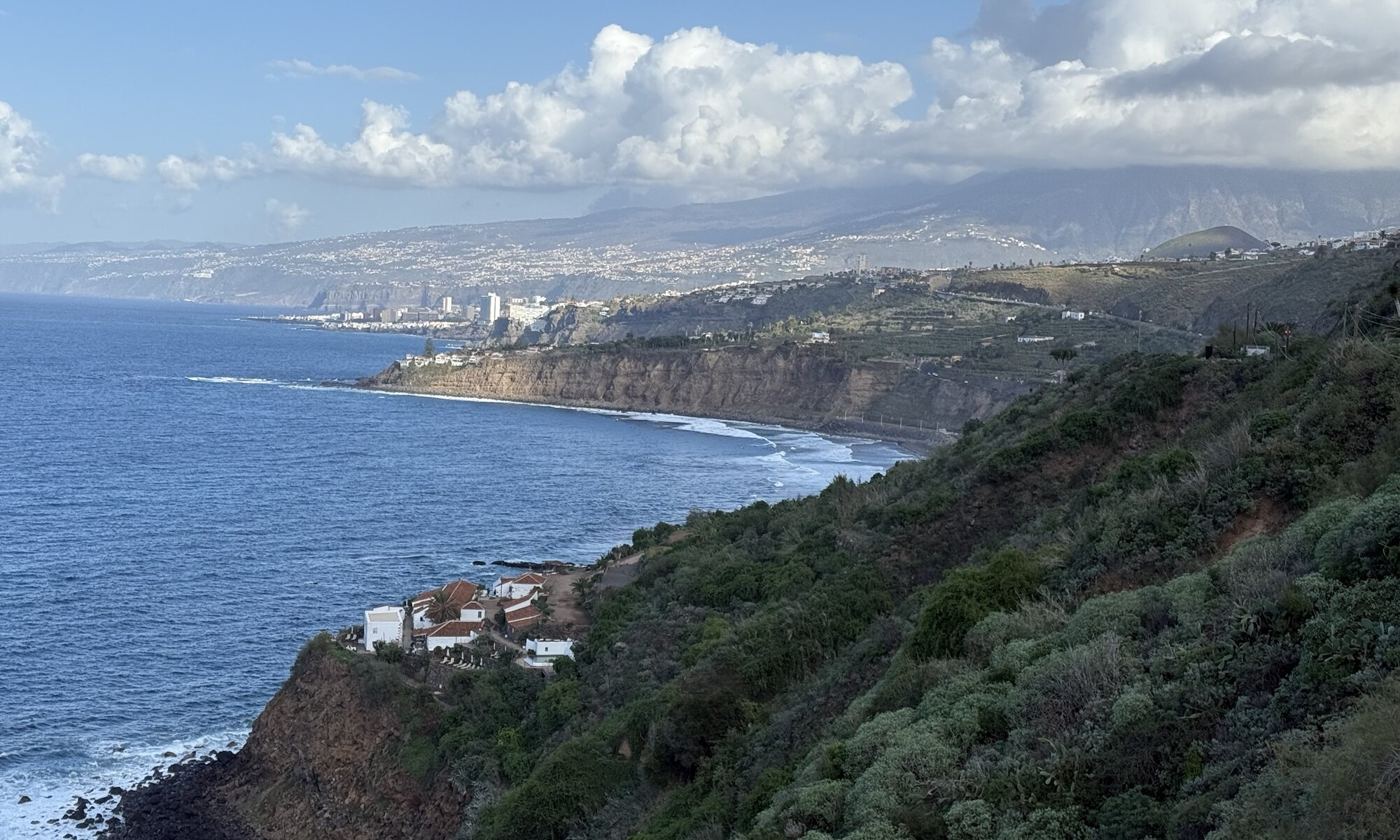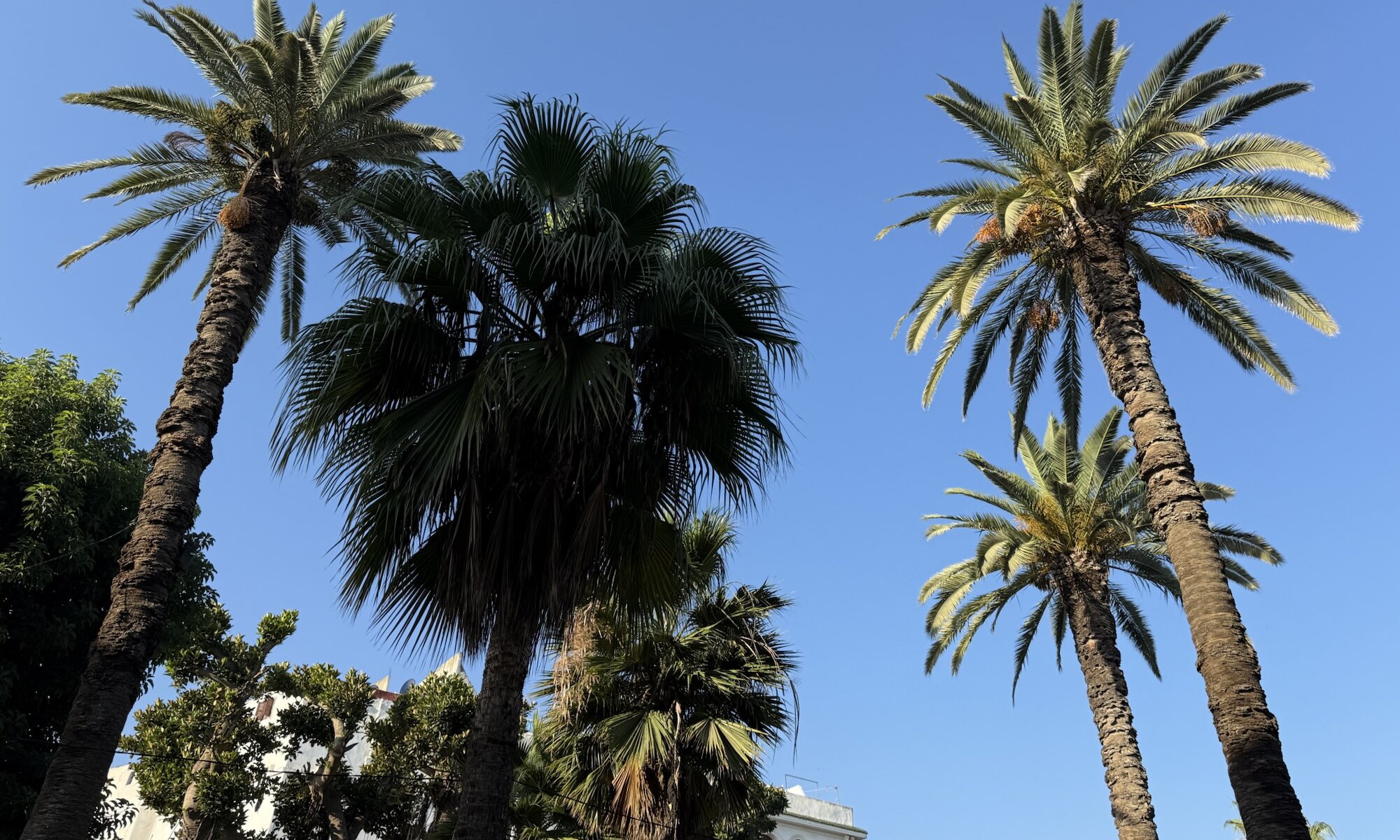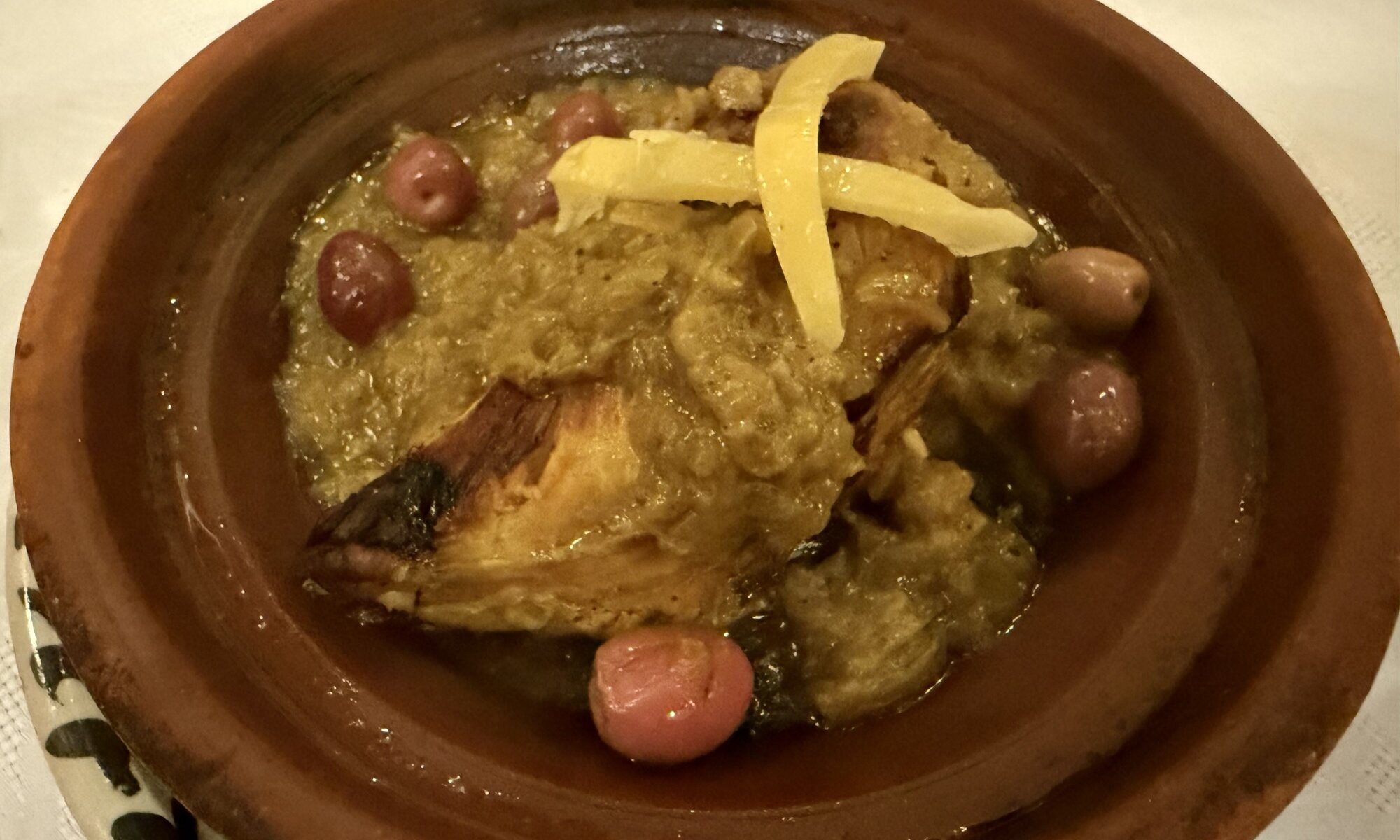Bonn, one of Germany’s oldest cities, played a significant role during the period of German separation. After World War II, it was chosen as the provisional capital of West Germany in 1949 due to its modest size and distance from Berlin’s Nazi legacy. Bonn became a symbol of West Germany’s democratic rebirth and hosted key political institutions, including the Bundestag and the Federal Chancellery. This status persisted until reunification in 1990, after which Berlin was reinstated as the capital. However, Bonn retained some federal ministries and became a model for balancing regional development.
Continue reading “Bundesstadt”Museumsmeile
The Museumsmeile in Bonn, located along Adenauerallee, is a cultural hotspot featuring four renowned museums that showcase art, history, science, and nature. Visitors can explore these attractions conveniently and enjoy the nearby Rheinauenpark or the river Rhein for a relaxing walk afterwards.
Continue reading “Museumsmeile”Puente terrestre
Centro America typically consists of seven countries: Belize, Costa Rica, El Salvador, Guatemala, Honduras, Nicaragua, and Panama. This region, nestled between North and South America, offers a diverse range of attractions, from ancient Mayan ruins to lush rainforests and pristine beaches. It is an area of the world less known to the average European, but especially Spanish, German and French travelers are showing an increasing interest in Centro America. The region’s appeal lies in its rich cultural heritage, including 20 UNESCO World Heritage Sites, as well as its focus on sustainable tourism and biodiversity. However, concerns about political instability in some countries and lingering effects of the pandemic may deter some tourists.
Continue reading “Puente terrestre”Tica Bus
Bus travel in Centro America offers a diverse range of options, from the iconic ‘chicken buses‘ to modern, long-distance coaches. Chicken buses, repurposed and vibrantly painted former U.S. school buses, serve as the backbone of local transportation in many Centro American countries. These colorful vehicles, known for their crowded interiors and frequent stops, provide an affordable and authentic travel experience, connecting rural areas to urban centers. In contrast, companies like Tica Bus offer more comfortable, long-distance travel options with air-conditioned coaches. These modern buses typically operate between major cities, providing a more convenient and faster alternative for travelers covering longer distances.
Continue reading “Tica Bus”Colones
The Costa Rican colón (CRC) has been the official currency of Costa Rica since 1896, when it replaced the peso at a one-to-one exchange ratio. Named after Christopher Columbus, known as Cristóbal Colón in Spanish, the currency’s symbol is ₡. The colón is divided into 100 centimos, and its plural form is colones. The banknotes show the animals of the country and on the ten thousand colones bill you can find the iconic sloth.
Continue reading “Colones”Quetzal
The Guatemalan quetzal (GTQ) is the official currency of Guatemala, named after the resplendent quetzal, the country’s national bird. Introduced in 1925 during the presidency of José María Orellana, it replaced the Guatemalan peso at a rate of 60 pesos to 1 quetzal. The currency’s name has historical significance, as quetzal bird tail feathers were used as currency in ancient Mayan culture. The quetzal is divided into 100 centavos, and its plural form is quetzales.
Continue reading “Quetzal”Tenerife
It was a rather spontaneous decision to spend the end of the year on Tenerife, enjoying the warmer weather in contrast to central Europe. Tenerife is the largest of the Islas Canarias located in the Atlantic ocean close to Western Sahara and Morocco. The island has the shape of a tilted Y and was formed 12 million years ago by volcanic activities. First human traces can be dated back to the 10th century BC; interaction with European cultures started in the 14th century CE followed by a colonisation by the Spanish after massive fights with the indigenious people.
Continue reading “Tenerife”Winter Wonderland
When the days are getting shorter and colder, a part of Hyde Park close to Speakers’ Corner turns into the Hyde Park Winter Wonderland – a crazy mix of a Christmas market, the Oktoberfest and a fun fair. Winter Wonderland began at London in 2005 and was ever-growing since then (if you ignore the Covid-19 times). It combines good music, festive lights, fun rides and overpriced food and drinks. A funny adventure letting you taste unexpected food creations and experience the joy of amusement parks.
Continue reading “Winter Wonderland”Is this Africa?
That was one of the very good questions my first tour guide at Casablanca discussed with me. A question that is easy to answer geographically, but culturally? At Morocco, the Arabic history mixes up with Portuguese, French and Spanish influence. It is a country oriented pretty much towards Europe but with a fascinating past and heritage that makes a tour through the North African country an endeavour that one must do once in a lifetime.
Continue reading “Is this Africa?”Tajine
The Moroccan kitchen has a lot to offer: beginning with the national dish couscous, via pastilla (a pie filled with meat and vegetables) to harira, a soup made of lentils, chickpeas, rice and onions. Bread is incredibly important and traditionally food is eaten together from one plate only with the fingers of the right hand. As a tourist you’ll for sure most often find knife and fork in restaurants – with street food it is different.
Continue reading “Tajine”
